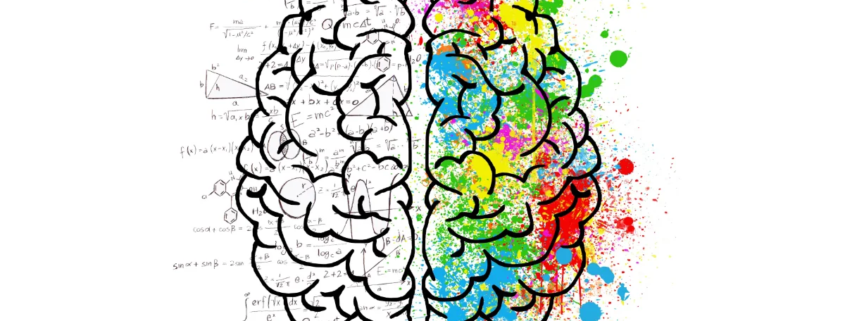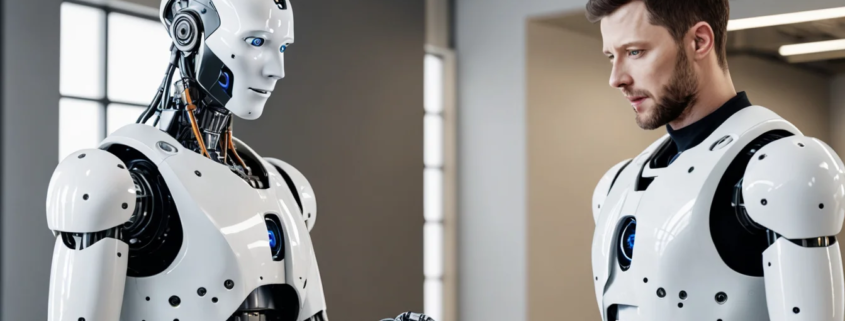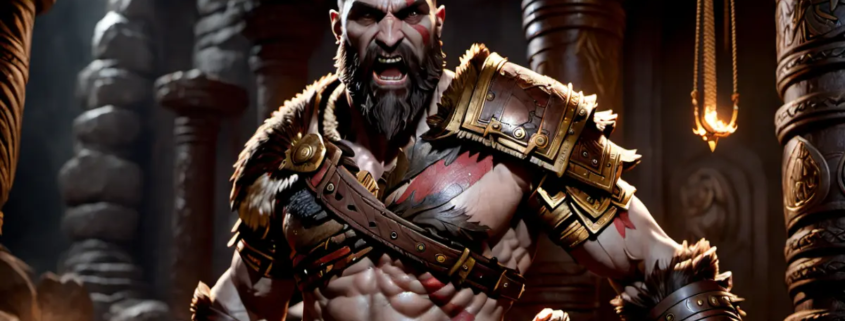he present remains in the shadow of World War II, known in history as mankind’s most deadly conflict. Its monumental human toll of 70 to 85 million lives remains shocking, having left a lasting mark on the people and nations. Even at home in the United States, a nation relatively insulated from weapon-based violence of the war, yet still lives its reflections beyond human cost and what societies suffered.
The Unfathomable Cost: Deaths and Damaged Lives:
While the numbers are very haunting, they only reveal a dark picture. More than four hundred thousand Americans lost their lives in the war, thus cracking many families and devastating communities with a lot of grief. Millions more, away from the battlefield, had to live with traumatic stress disorder (PTSD), a psychological trauma among war veterans; survivors who underwent inhumanity of concentration camps and families were torn apart as a result of displacement and loss.
The social reverberations of the war reached far beyond the immediate ones who were killed or wounded. Women stepped into the job market in unparalleled numbers, thus changing gender relations not only at the workplace but also within families. Racism and prejudice may have been ostensibly undercut by the war effort, but it was only waiting to be faced squarely by future generations. War also brought about the nuclear age that has left an image of terror as well as a constant threat of unthinkable destruction.
Preserving Memory, Honoring Sacrifice:
Keeping the Past Alive In America, the balance to preserve the memories of World War II and honor their sacrifices is very plentiful. Memorials and museums serve as monuments of the dead, while inclusive educational programs teach how important this war was for young generations. Histories are kept alive by the documentaries and also personal stories of veterans and those who survived this war, bringing invaluable knowledge on the human price paid as a result.
But the challenge of intensifying what we have learned from World War II is more than just remembering. It calls for a deep reflection and an active struggle against the causes that created this level of catastrophe – intolerance, militarism, and power via violence.
Maximizing the Benefits: Applying Lessons to Modern Challenges
The legacies of World War II can help guide us through the different challenges and complexities in the 21st century. These include:
The importance of international cooperation: The Allied victory showed the strength of solidarity over tyranny. Cooperation has remained very vital in responding to global challenges, such as climate change, pandemics, and also nuclear proliferation in an increasingly interconnected world.
The imperative of upholding human rights: Atrocities committed by the war highlighted that it was necessary to have respect for human rights across borders and protected populations. This continues to be a very significant issue in the war zones across the globe.
The responsibility to choose dialogue over conflict: World War II is a very sad symbol of what happens when aggression goes unchecked and unrestrained. International relations should continue to be centered on diplomacy, negotiations, and also conflict resolution.
By commemorating the World War II legacy, they embrace both its manning human scales and insights it gives us to understand today that certainly such wars must never recur. This involves much more than simply storing the memories but also using what one has learned from the past to address the problems of today and tomorrow. After that, and only after it is possible to fully optimize the profits of remembrance so as not to erase efforts in vain.
This article summarizes the human cost in America due to World War II:
Many examples of memorials, museums or educational initiatives in the U.S including
Drawing attention to the debates or challenges related to the preservation of war memory.
Specify modern-day conflicts or issues in which the lessons of World War II still apply.
Keep in mind that the main point is to discuss World War II thoughtfully and also encourage people to think about how it still affects us now, today as well as tomorrow.
Beyond the Numbers: Narratives of Grief and Hope:
While not ignoring the statistics, you should concentrate on the stories of the American families whose everyday lives were affected by this conflict in both emotional and psychological ways. It may include many veterans suffering from PTSD, families dealing with the loss, and also communities adjusting to the social changes of wartime mobilization.
Focus on the lesser-known stories such as the ordeal of Japanese Americans who were interned during wartime, and also highlight how women at home contributed to the running of their country while men fought away.
Enduring Scars: Societal changes and a legacy of trauma:
Discuss the effects of the war on society over time, for example, e.g., PTSD awareness and its treatment; or how gender roles changed as a result of women’s wartime involvement
Describe the long-term repercussions for veterans, including disability issues, mental health problems, and also adaptation processes to civilian life.
Maximizing the Benefits: Past lessons to influence the future are important.
Instead of merely recording the history, give importance to remembering the war in terms of being a source that provides a lot of valuable guidance on how one can deal with current challenges.
Link the legacies of World War II to the contemporary proceedings including global conflict settlement, refugee crises, and also continuing battle against discrimination and intolerance.
Underline the organizations and initiatives that seek to maintain the memory of the war, teach young generations, and help achieve peace in this understanding.
Remember, the main point is to consider this particular topic with a lot of reflection and consideration. To combine personal stories, societal influences, and what we can learn from the conflict lasting through generations that is World War II Human Costs.



















